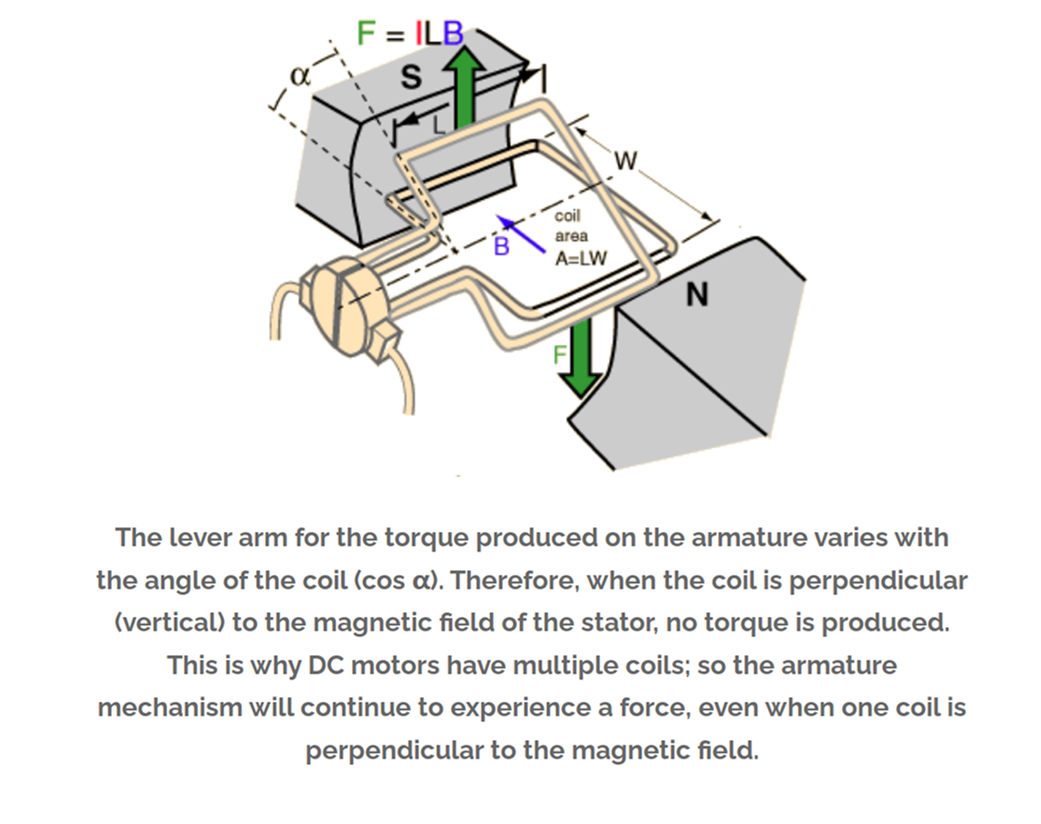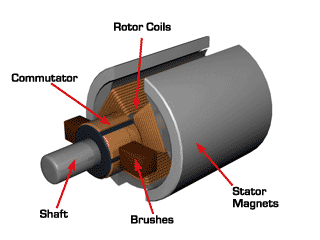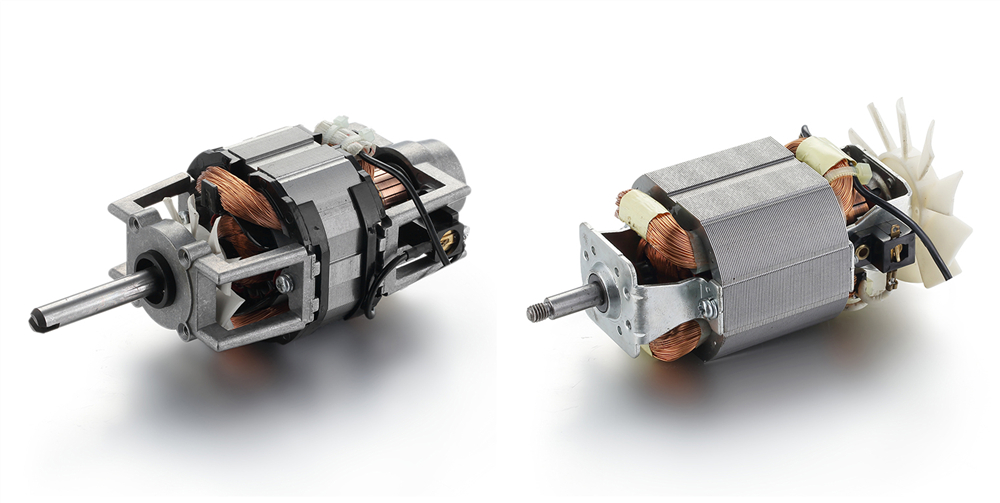The role and importance of commutator to DC brush motor and Universal Motor ----- BG Motor
An important part of the armature of DC motors and AC commutator motors. When the motor rotates, it plays the role of commutation. It is a component of the DC motor and the AC series motor as the current commutation, in order to allow the motor to continue to rotate, commonly known as the commutator.
As an indispensable and important basic equipment in industry, transportation, national defense and daily life, the downstream industries include almost all the basic industries of the national economy. As one of the core components of the motor, the commutator is also growing with the development of the motor industry.
How the commutator works in a DC motor:
The working principle of a DC motor is based on the interaction between the magnetic field of the rotating armature and the magnetic field of the stationary stator. Since the north pole of the armature is attracted to the south pole of the stator (and vice versa), a force is created on the armature, causing it to turn. Commutation is the process of switching the magnetic field in the armature windings to produce a constant torque in one direction, a commutator is a device attached to the armature that enables this current switching.

The basic purpose of commutation is to ensure that the torque acting on the armature is always in the same direction. The voltage developed in the armature is AC in nature, and the commutator converts it to DC. Simply put, the commutator turns the coil on and off to control which direction the electromagnetic field is pointing. On one side of the coil, current should always "flow away", and on the other side, current should always "flow in". This ensures that torque is always generated in the same direction. Otherwise, the coil will rotate 180 degrees in one direction, then switch directions.

The commutator itself is a split ring, usually made of copper, with each segment of the ring connected to each end of the armature coil. If the armature has multiple coils, the commutator will similarly have multiple segments - one segment at each end of each coil. Spring-loaded brushes are located on each side of the commutator and contact the commutator as it turns, supplying voltage to the commutator segments and corresponding armature coils.

As the brushes cross the gaps in the commutator, the charge provided switches the commutator segments and thus the electrical polarity of the armature coils. This switching of polarity in the coil keeps the armature rotating in one direction. The voltage amplitude between the brushes fluctuates between zero and maximum, but always maintains the same polarity.
In addition, there are electronic commutators using wet reed switches. Regardless of the type of commutator, the fire extinguishing circuit should be connected to the contact to protect the contact and reduce the interference to the measurement channel.
The commutator includes: mechanical commutator, semi-plastic commutator, and all-plastic commutator. The commutator mainly uses mechanical arch commutator and plastic commutator.
Structurally, the commutator is a circle surrounded by several contact pieces, which are connected to each contact on the rotor respectively. The two electrodes connected to the outside are called brushes, and only two of them are in contact with it at the same time.
The commutator mainly has hook type, groove type, plane type and other specifications. Widely used in electric tools, household appliances, automobiles, motorcycle motors and other fields; collector rings, carbon brush holders, wiring boards have various specifications and models.
It is used in automobile generators, gasoline generators and other fields. The commutator plays a rectifying role, and its role is to make the current direction in the armature winding alternate to ensure that the direction of the electromagnetic torque remains unchanged.

It is important to note that the discussion above is related to conventional brushed DC motors, which are mechanically commutated. Brushless DC motors also require commutation, but with brushless designs, commutation is performed electronically through encoders or Hall-effect sensors that monitor the rotor's position to determine when and how to energize the coils.
In different application scenarios of the motor, the environment where the motor is used is different, and the requirements for the motor are also different. Our professional sales engineers can provide you with professional advice. Welcome to consult BG Motor!
 BACK
BACK

